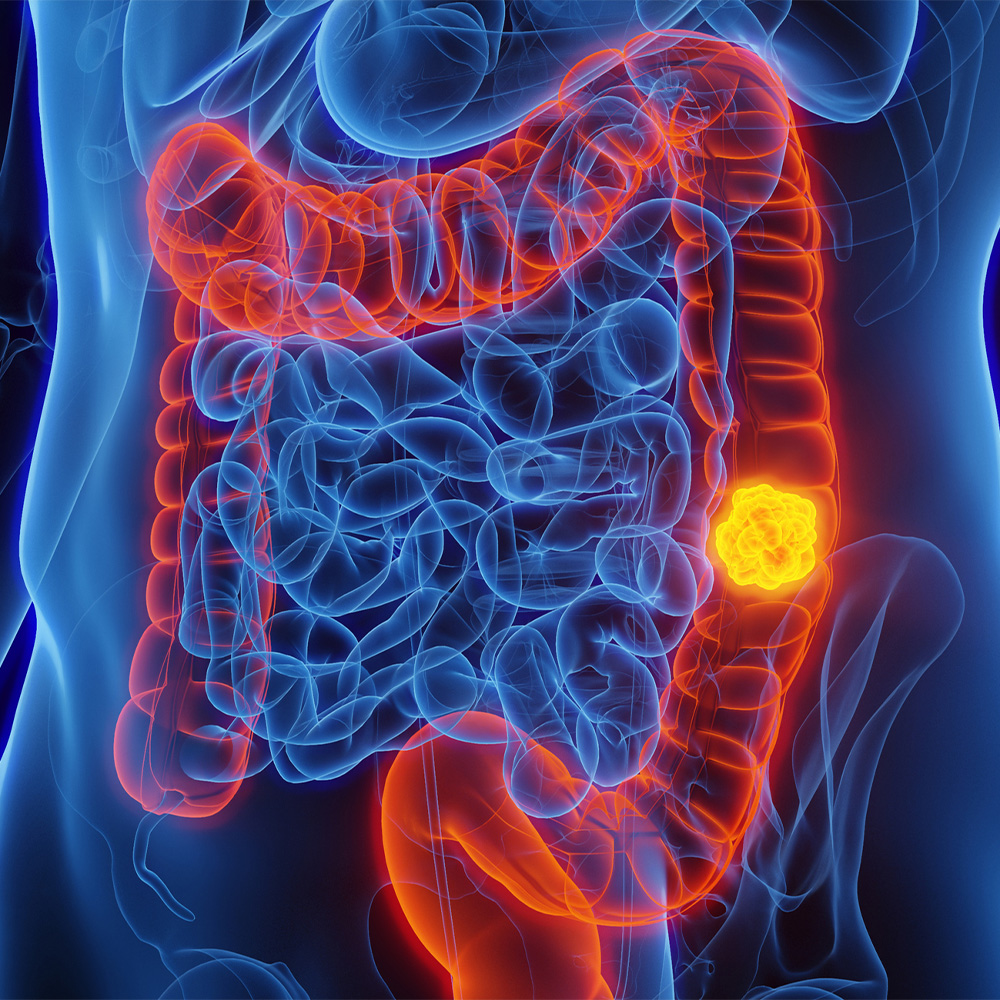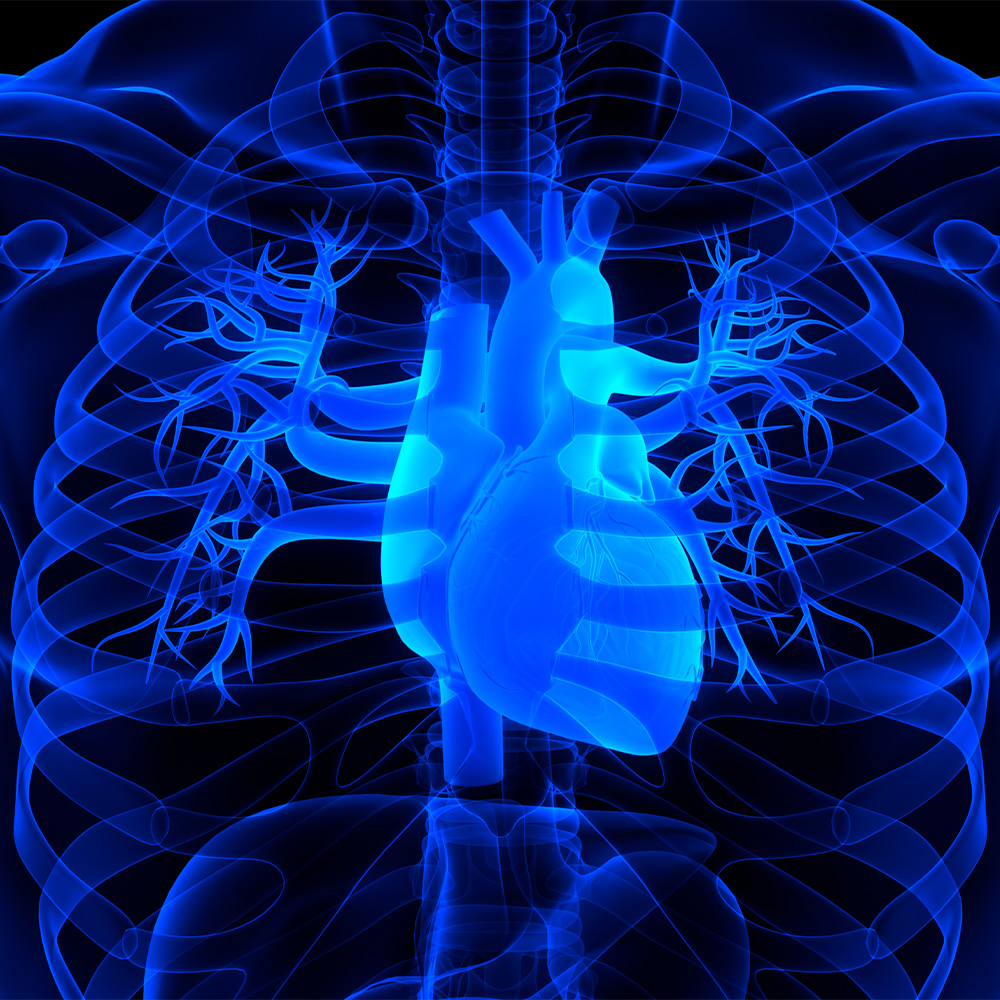A health app gap
DALLAS – Aug. 1, 2016 – Relying on readings from smart phone health apps may not be a smart idea.
Examining 100 healthy volunteers, Dr. John Alexander, Assistant Professor of Anesthesiology and Pain Management at UT Southwestern Medical Center, compared vital signs readings from four smart phone apps with readings from a standard medical monitor and found worrisome differences.
The four routine measurements taken were heart rate, systolic blood pressure, diastolic blood pressure, and oxygen saturation. Researchers found substantive differences in all four types of readings by the apps.
“The lack of correlation suggests that the applications do not provide clinically meaningful data,” Dr. Alexander said.
Particularly concerning was the fact that the gap between app-reading and standard monitor-reading for blood pressures widened as blood pressure numbers increased, suggesting that hypertensive patients who need to monitor their blood pressure more frequently are also the most likely to get inaccurate readings from apps.
“It’s not surprising that these apps did not perform as well as standard medical equipment,” Dr. Alexander said. “When you think about it, in a clinical setting you wrap a blood pressure cuff around the arm and you are actually measuring the pressure of the blood flowing through the arm, so you would expect that to be more accurate than touching your finger to a phone.”
The study appeared in the Journal of Clinical Monitoring and Computing.
Media Contact: 214-648-3404 or news@utsouthwestern.edu




